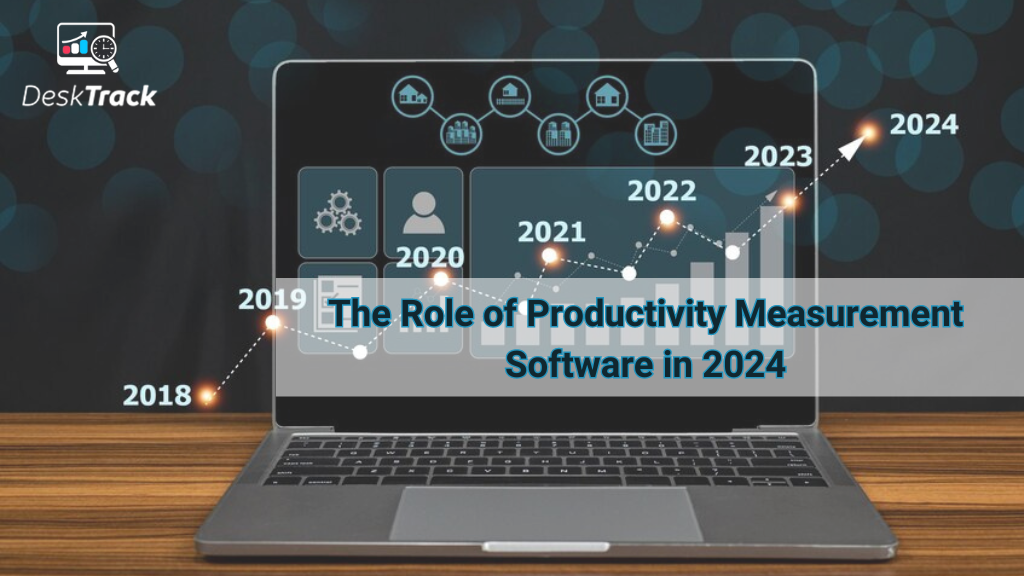7 Steps and Strategies of Software Product Development

Software development is an extremely complex process. It’s not just about coding and testing but also about researching your market, understanding your customer’s needs and developing software specifications. Here are some software product development strategies:
Developing software is a complex process.
Software product development strategies require creativity, collaboration, and expertise in many different areas to create an application for the end user.
This process also takes time. It’s not an overnight endeavor; it takes weeks or months to see any results from your efforts. If you’re looking for an immediate solution to your problem, better options exist than developing software yourself!
To do this well requires resources: financial capital, human capital and technology capital. The more of these three types you can get working together towards a common goal—the better chance you have at success!
7 Steps of Software Product Development Process
You will have a better chance of achieving your goals if you first define the problem that needs to be solved. This can be done by asking yourself what the goal is and why it’s important to get there. In addition, setting specific targets for yourself and breaking them down into smaller steps will help keep your momentum going throughout the process.
Define the Problem
The first step in any software product development process is to define the problem. The problem statement should be as clear and concise as possible so that you can easily communicate it with others on your team and build consensus around what needs to be done.
It’s important that everyone understands this step because it helps them make decisions about how they will approach their part of the project.
Research Your Market
The first step in creating a new product is to research your market. It means finding out what your customers want and need so that you can deliver it to them. You’re going to need some research tools for this process, but here are some of the best ones:
Google Trends: This will help you determine how popular something is at any given moment by comparing its search volume over time (and trending up or down). For example, if we look at “Google Trends” for “software development”, we see that this term has been rising steadily since 2015.
Keyword Planner: Another great tool from Google Keyword Planner lets us see how many times our keywords have been searched each month across hundreds of different countries worldwide! You can also use their free version with limited functionality before upgrading later on down this path.
UI/UX Design
It is the next stage in the software development process. Designers will finalize the virtual appeal and usability of the project depending on the system requirements. To do so, you use wireframes and storyboards to define how users will interact with your application.
Software Development
With everyones’ joint consensus on the software’s proposed functionality and design, it’s time to get your hands dirty with coding. This stage is the most important and potentially riskiest stage of SDLC. However, if you are working in Agile sprints, you have room to fix bugs and errors while building an MVP. In the case of the traditional waterfall method, the goal is to adhere to the SOW, avoid scope creep and develop bug-free software.
Testing
It is advisable to conduct testing simultaneously during the development process. You can adopt techniques such as releasing the product to beta testers or using UX tools to track user interactions.
Deployment
With the heavy coding out of the way, it’s time to make your program available to all your users. You can release the product to the public after its completion. It is called beta testing. If any modifications are necessary as a result of client input, or if any defects that were not discovered during the testing process emerge, they can be rectified and implemented during this phase of software program development.
Deployment often entails configuring a ‘Production’ server on which the program will operate. This server might be one of the company’s own servers or in the ‘cloud’ via Amazon Web Services or Microsoft Azure.
Following deployment, the following step is Maintenance and Operations.
Maintenance
Once you have placed the software product in the market, the next step is to maintain the product. It includes keeping the systems up to speed with the most recent operating system patches or third-party software upgrades. If the user base grows dramatically, you will require extra processing power, memory, and/or database capacity to keep the system functioning properly.
Conclusion
All in all, it’s important to remember that software product development strategies are complex. There are many different ways to develop your software and for developing it Invozone can help you. It can be helpful to consider agile methodologies like scrum or kanban. However, in the end, it comes down to finding what works best for your team and developing with that in mind.




